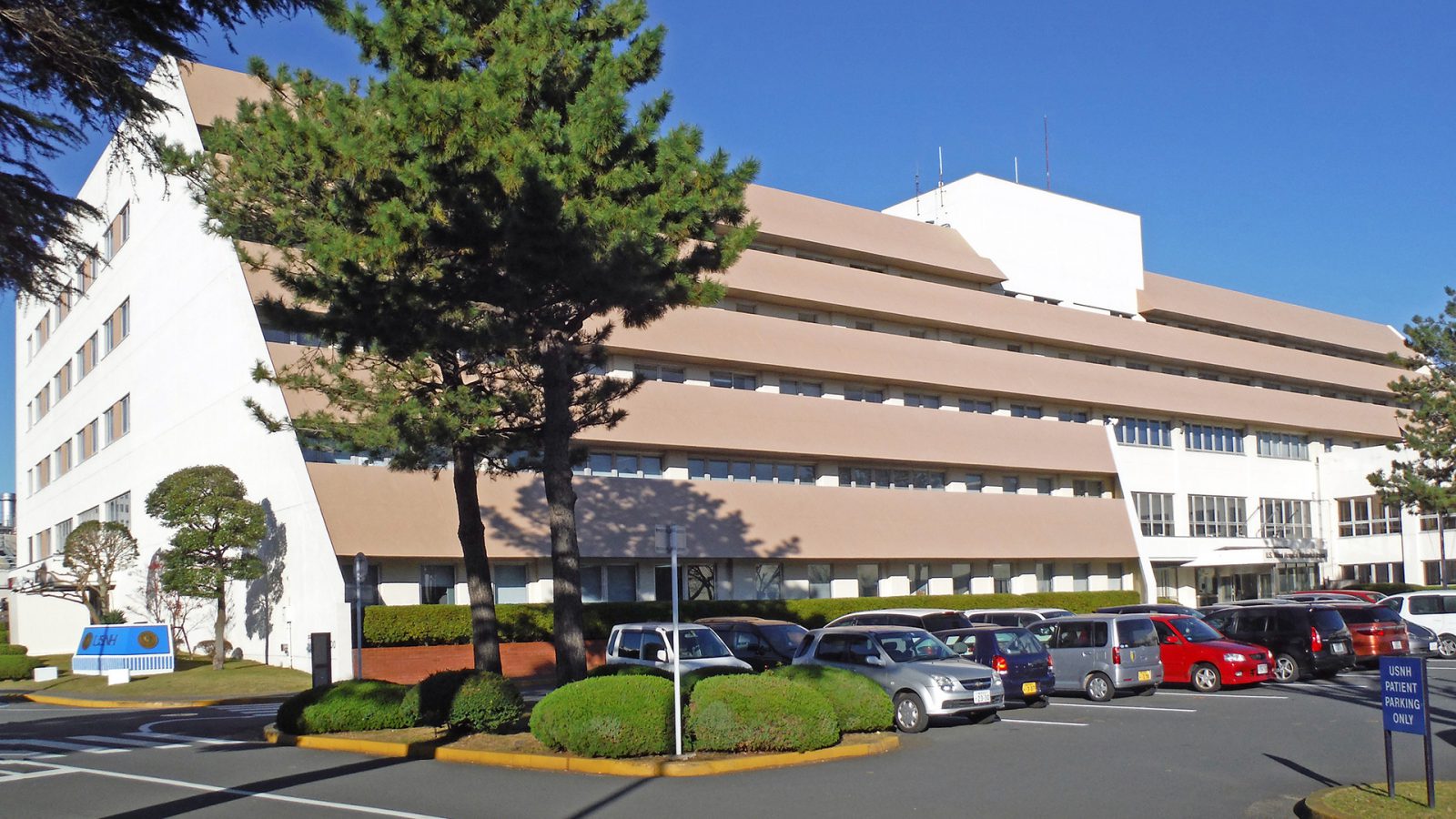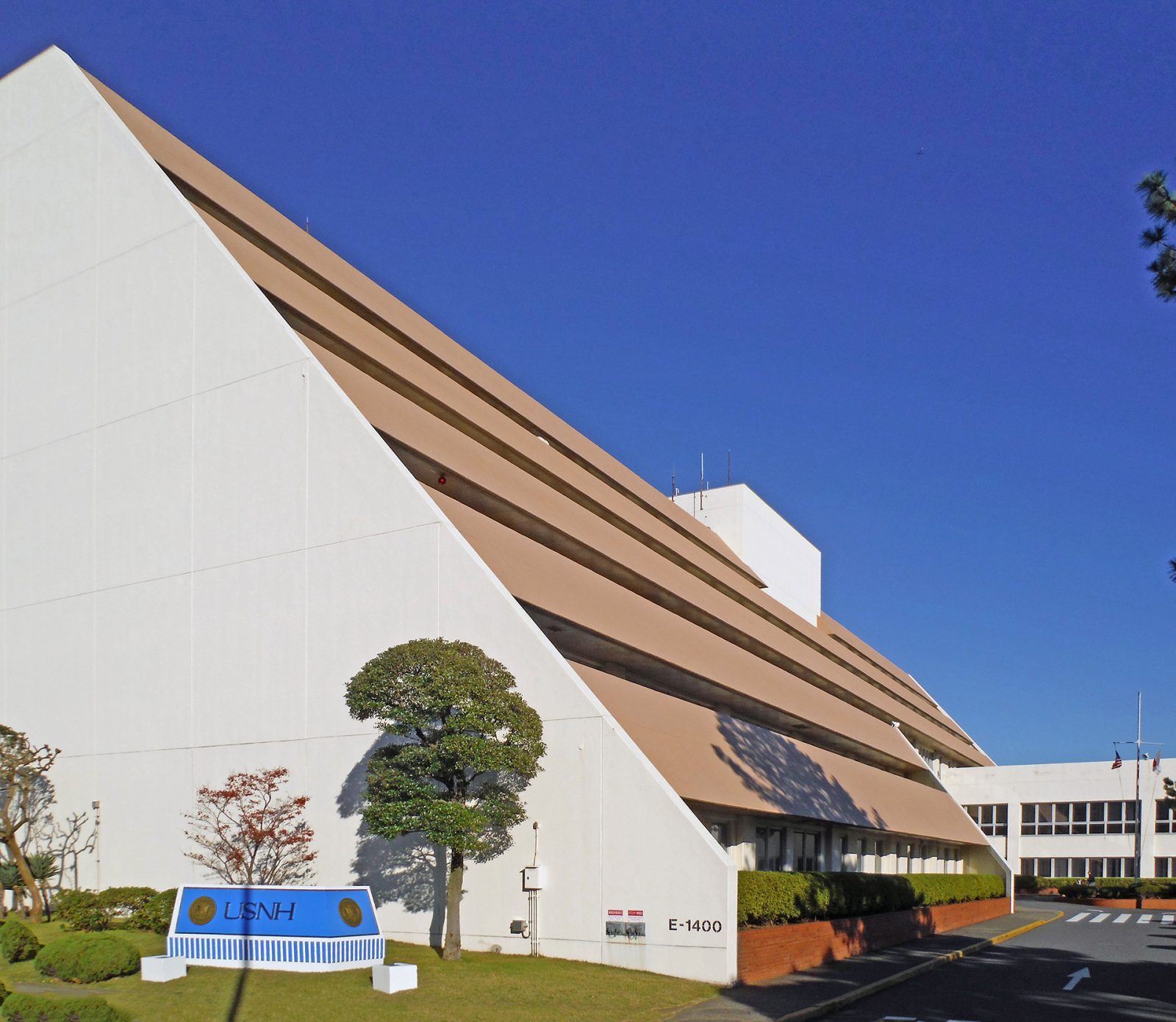
Naval Hospital Yokosuka (NHY) Seismic Evaluation
- Location Japan
- Client Sherlock, Smith & Adams, Inc
- Owner U.S. Navy - NAVFAC Far East
-
Yokosuka Drift
Evaluating the seismic risk for building drift at this facility on the Ring of Fire.
-
It's All About That Base (Isolation)
Design preference for seismic retrofit is base isolation, a non-intrusive solution.
Military healthcare safety. Located in one of the most seismically active regions in the world, the U.S. Navy needed to understand the seismic risk of their largest Japan healthcare facility. Reid Middleton provided structural engineering services for the seismic evaluation of the 1980s main Hospital building (236,000 SF) and support facilities (6,155 SF) in Yokosuka, Japan. The consultant team performed structural and non-structural evaluations, and the site characterization for geological site hazards in accordance with UFC 4-510-01, ICSSC RP8/NIST GCR 11-917-12 and the Japan Building Disaster Prevention Associations’ Seismic Diagnostic Criteria. Seismic upgrades and/or building replacement design concepts were developed, programmatic cost estimates were generated, and assistance with the preparation of a DD1391 were also included.
One creative way engineers can improve the seismic performance of a building is to use base isolation. Imagine a building resting on huge ball bearings instead of fixed to solid ground. In an earthquake, the “ball bearings” act as a buffer between the ground and the building, limiting the building’s movement, despite the violent shaking of the ground. In a subsequent project, Reid Middleton designed base isolation upgrades to improve the seismic performance of the hospital. This technique will also be minimally invasive to the facility and its occupants, since most of the construction will occur outside of and beneath the structure.
- 0236,000 SF main hospital
- 06,155 SF support facilities
- $037M estim. upgrade cost

